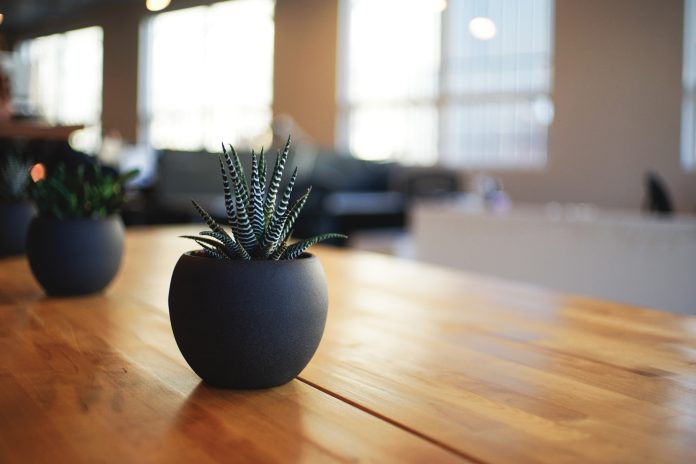By Patrick Langston, All Things Home
Caring for your wood furniture requires some elbow grease but pays dividends by helping ensure good looks and long life for your most-loved pieces.
Here are five DIY cleaning, protection and repair tips.
Dusting
Avoid a feather duster, which just flicks dust particles into the air where they can resettle on surrounding objects. A feather duster can also catch on veneers and small flaws in the wood, causing damage.
Instead, try a lambswool duster with a bit of lanolin (several Home Hardware stores in Ottawa carry the dusters). A lightly dampened soft cloth like terry cloth also works well.
Cleaning
Caring for wood furniture means occasionally removing the grime of daily life. Start by dampening a cotton swab or cloth with water, adding a drop of dishwashing liquid and wiping an inconspicuous spot like the inside of a chair leg.
If the dirt comes off easily and the cleaning solution doesn’t stain the wood, you can tackle the whole piece of furniture, wiping gently with a barely damp cloth or sponge, rinsing with clean water frequently and drying with a soft cloth. Don’t let water sit on the wood, which could damage it.
If the grime doesn’t come off, move up to something stronger like mineral spirits applied with a soft cloth, wiping with a circular motion. Start by experimenting on an inconspicuous spot, work in a well-ventilated area and read the instructions for the safe use of mineral spirits.
Mineral spirits work well on greasy spots, oil and other grime, but make sure you wipe off any excess quickly.
If the wood still looks grubby after cleaning, it’s likely going to need refinishing. That might be a DIY project or could be one for a professional.
Protecting
After you’ve cleaned your wood furniture, a coat of beeswax will help protect the surface while adding a rich lustre. Before applying the wax, try rubbing the wood with very fine steel wool; roughening it slightly this way gives the wax something to grip.
Some experts say commercial spray polishes can cause a build-up of film that attracts dust and grime and may even damage wood, however, there seems to be no consensus on this.
Repairing
Even the best-quality wooden pieces can be damaged by everything from water stains and ink to nicks and scratches. Damage repair is often within the reach of homeowners.
For example, white rings left by a wet glass on a tabletop can sometimes be removed by rubbing toothpaste on it and then wiping with a damp cloth. Small scratches can be masked with a bit of crayon.
Humidity & sunlight
Wood furniture can be damaged by excessive humidity, dryness and even direct sunlight. Too much moisture or not enough in the air can cause wood to swell or shrink, leading to warping and even splitting.
Keeping indoor humidity in the 30 to 45 per cent range is not only healthy and comfortable for people, it’s also good for wood furniture.
Sunlight can dry wood as well as bleaching it and damaging the finish. Excessive heat is also hard on wood furniture, so avoid putting it over heat vents, or at least direct the airflow away from your furniture.
